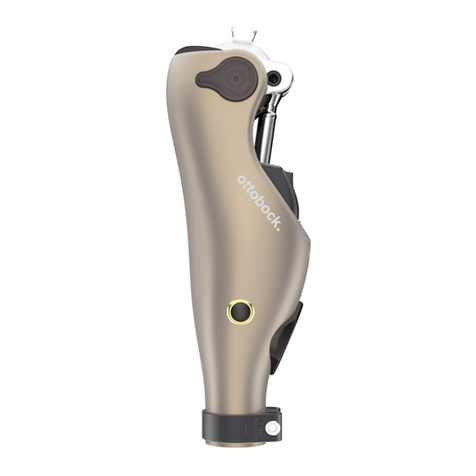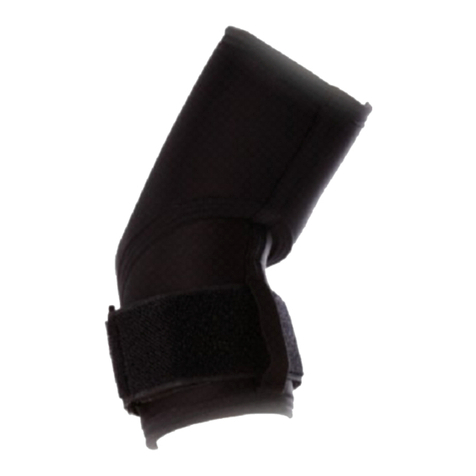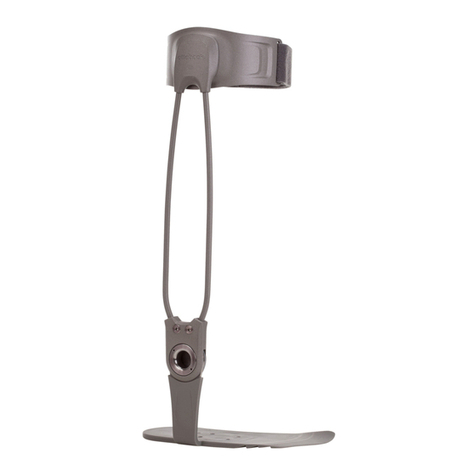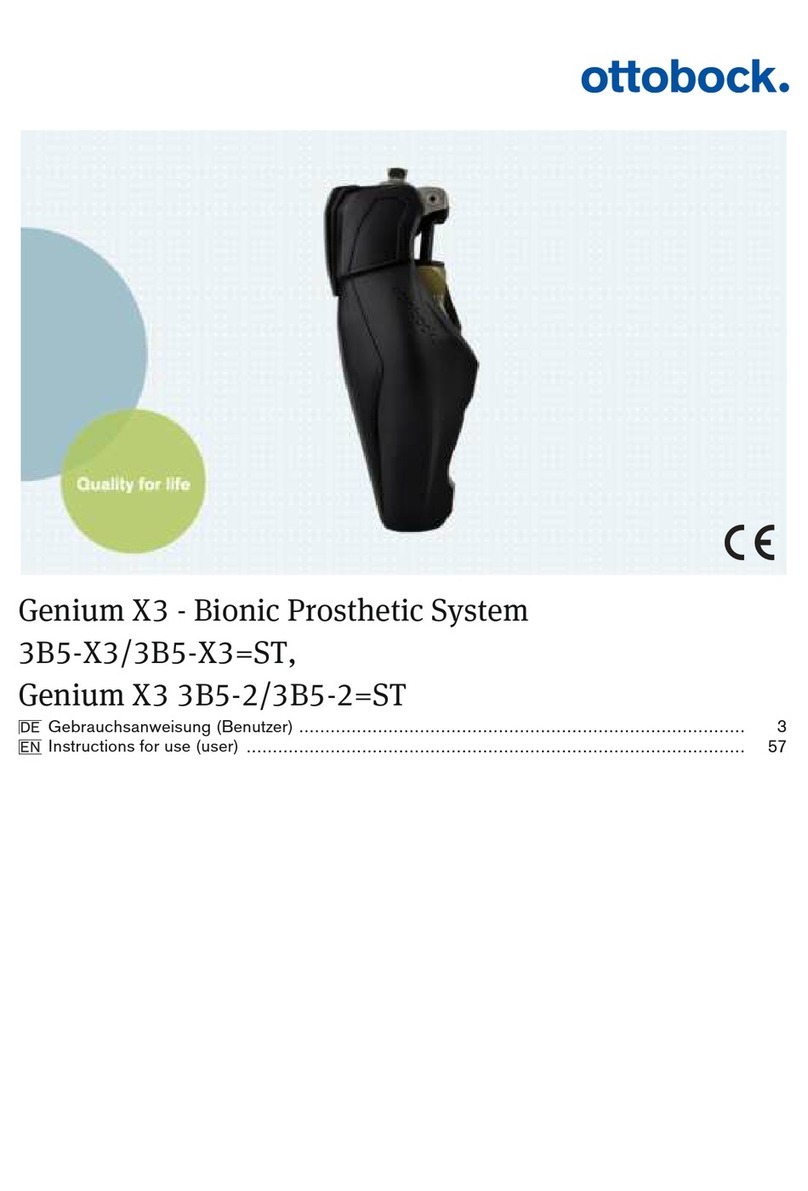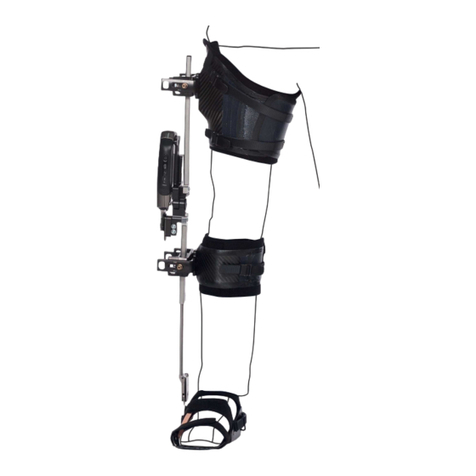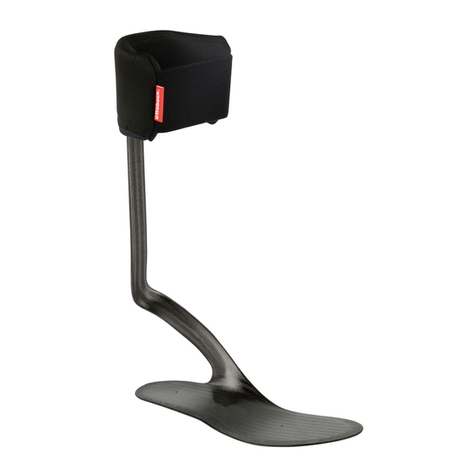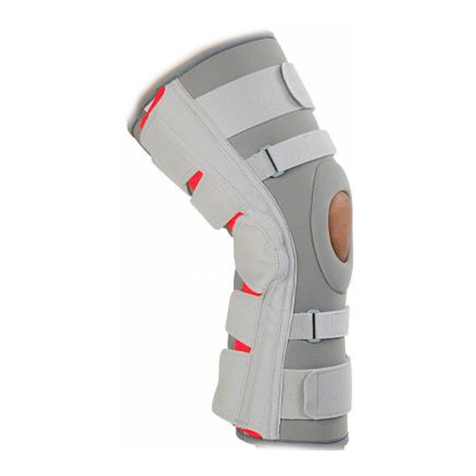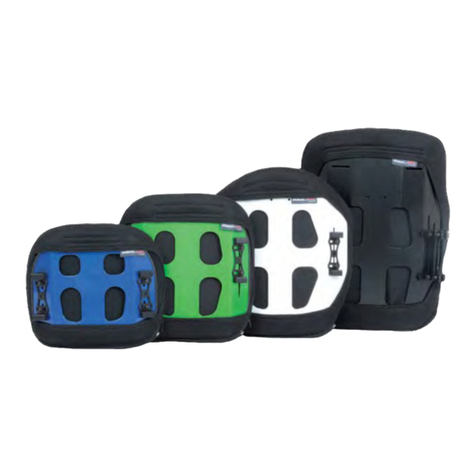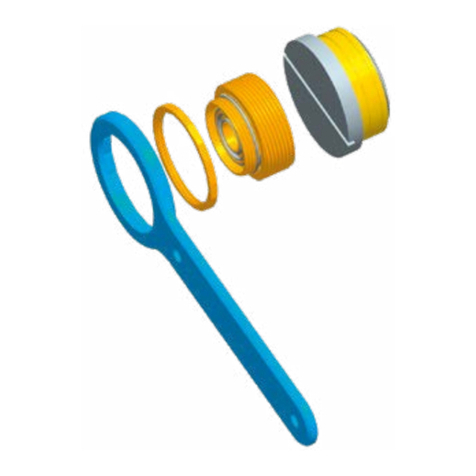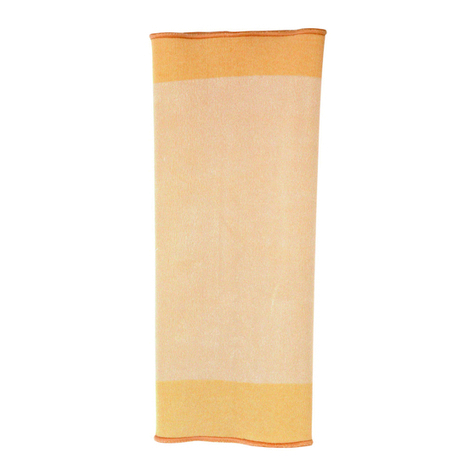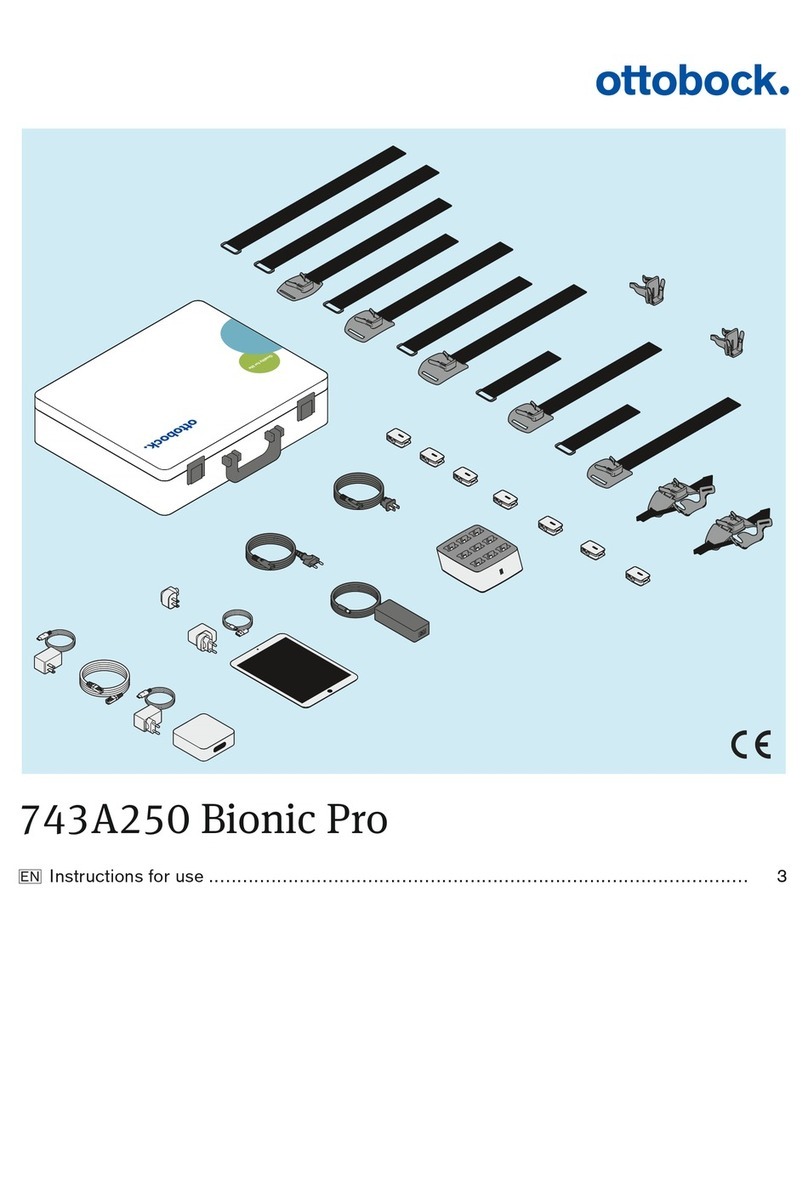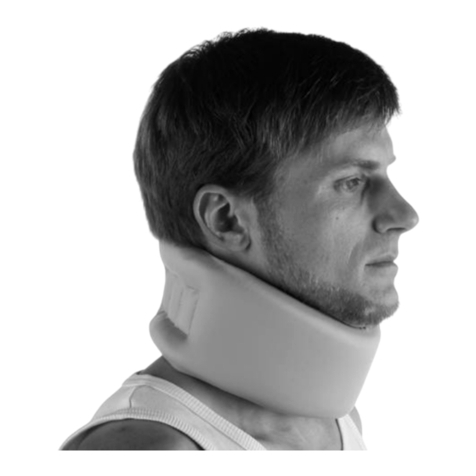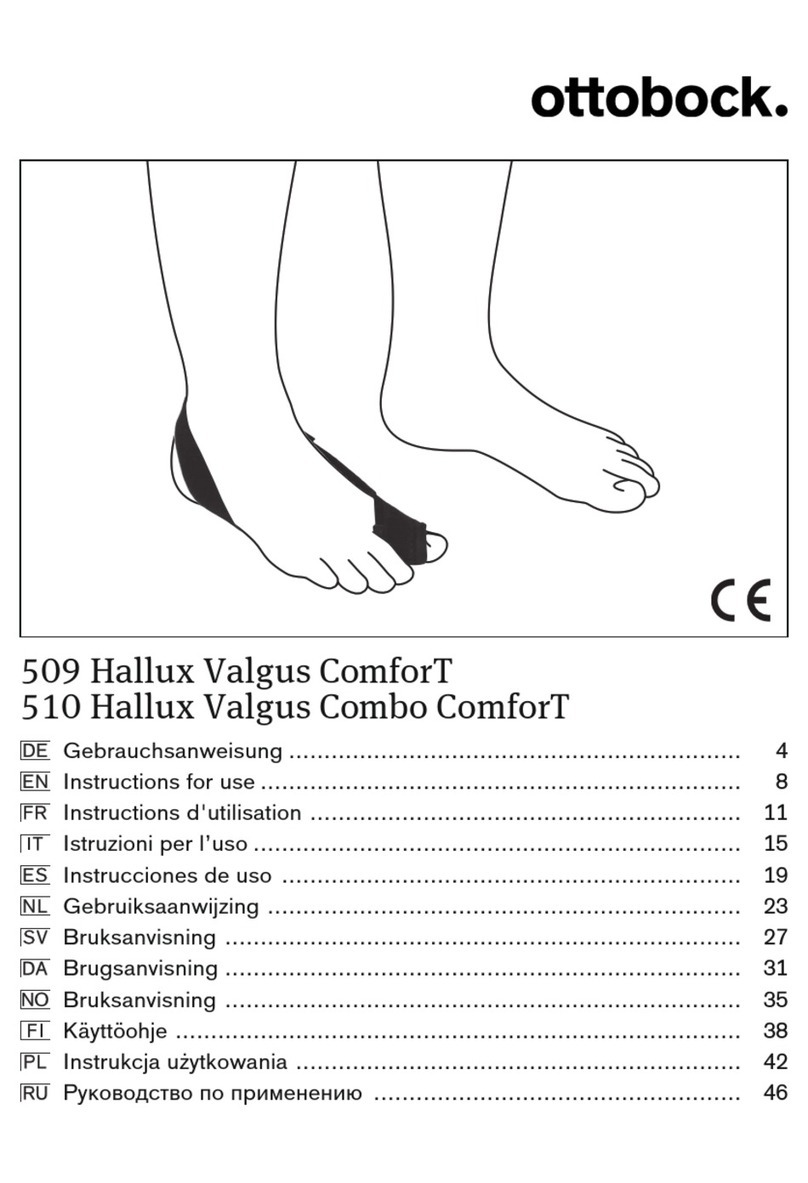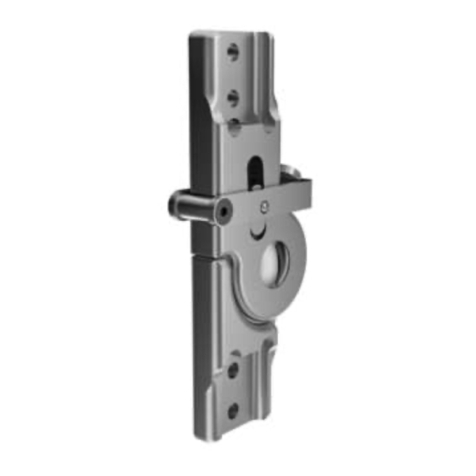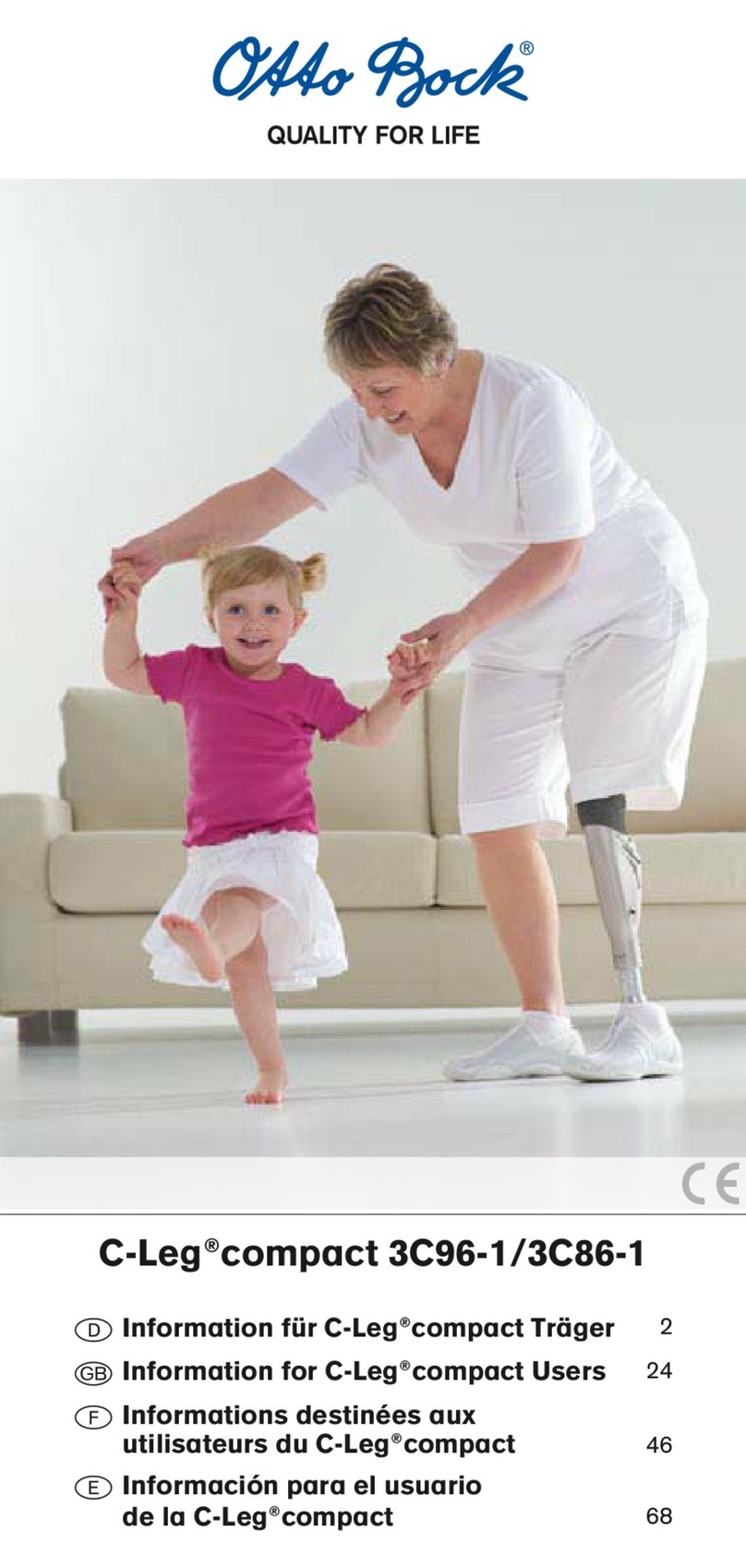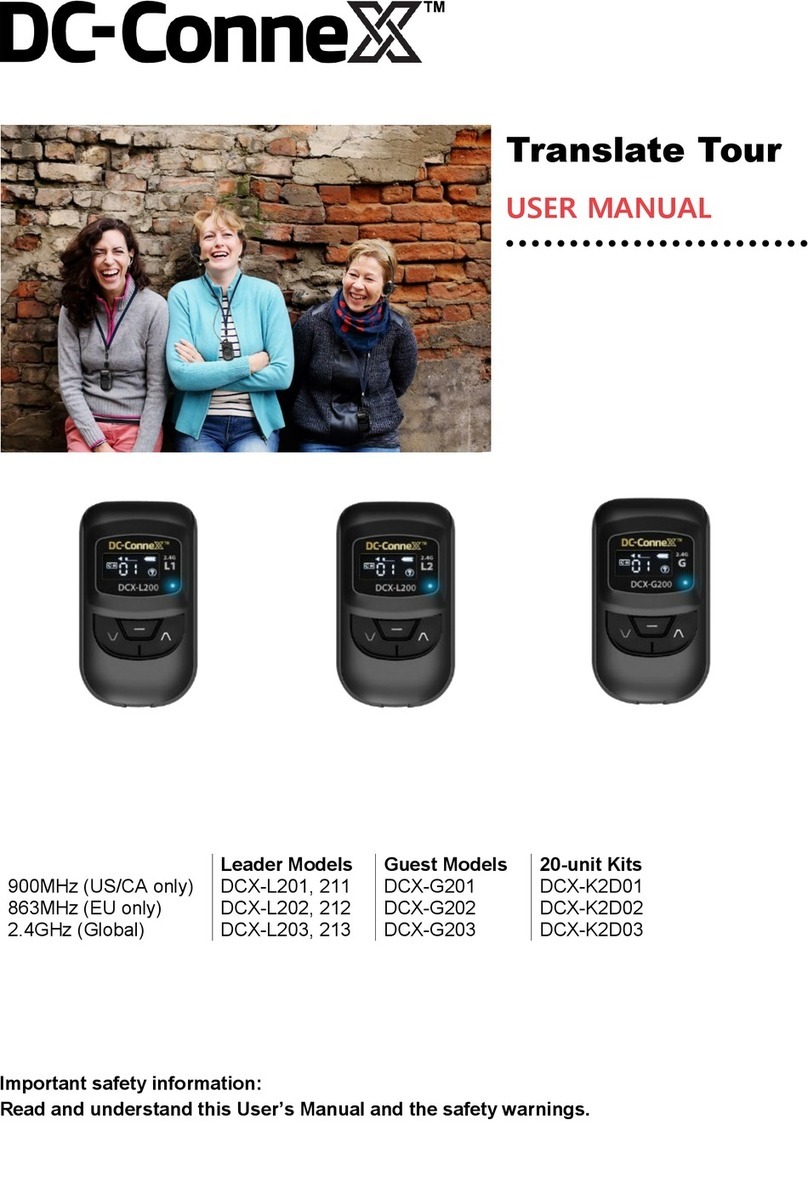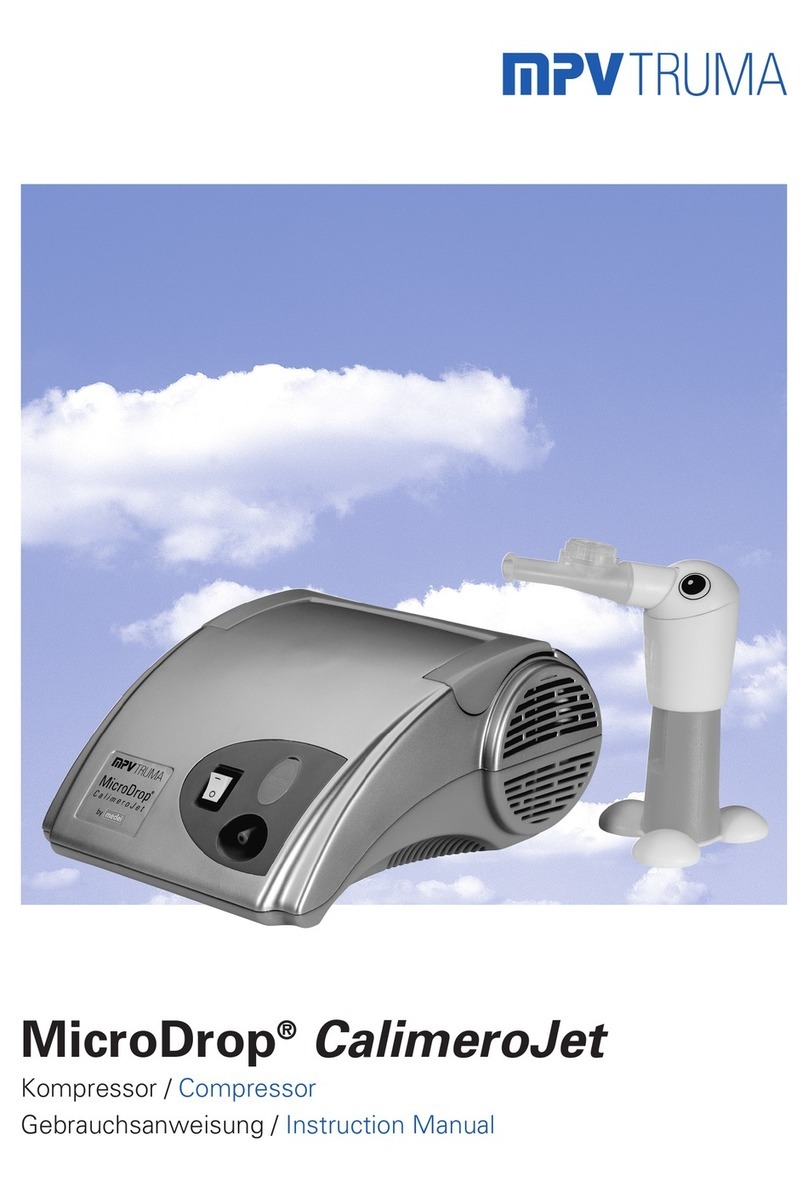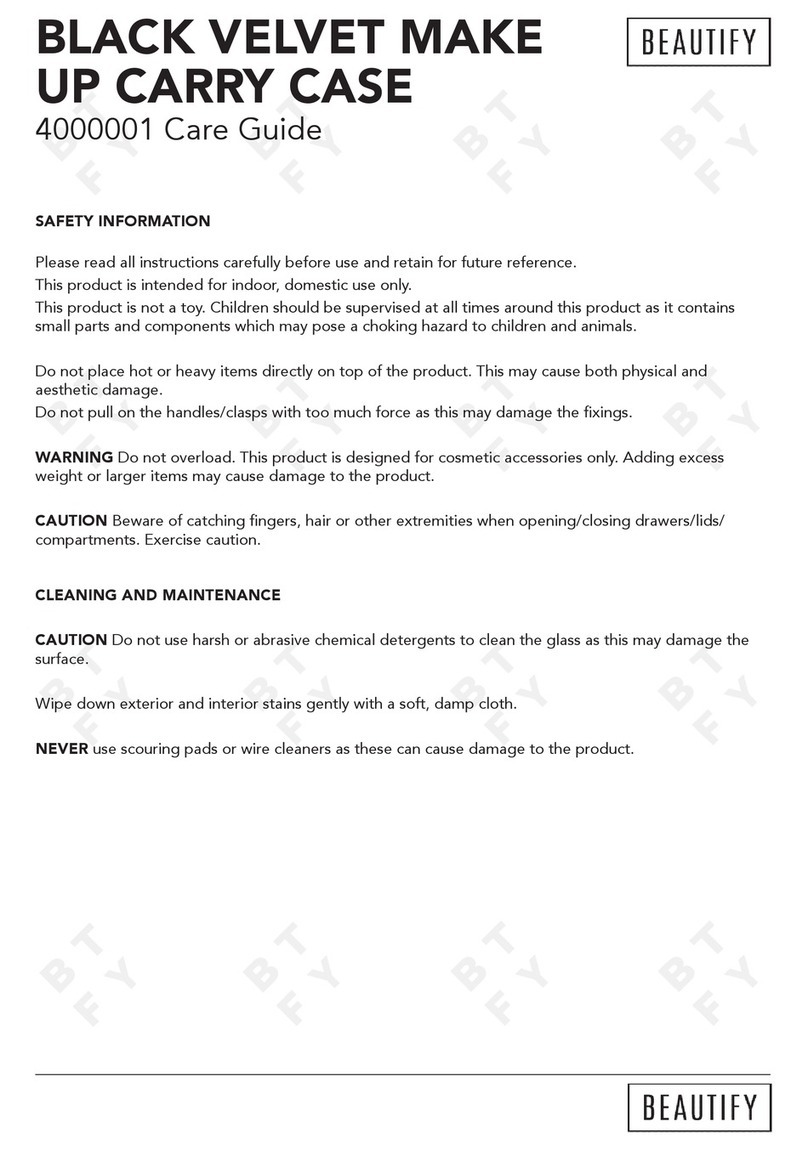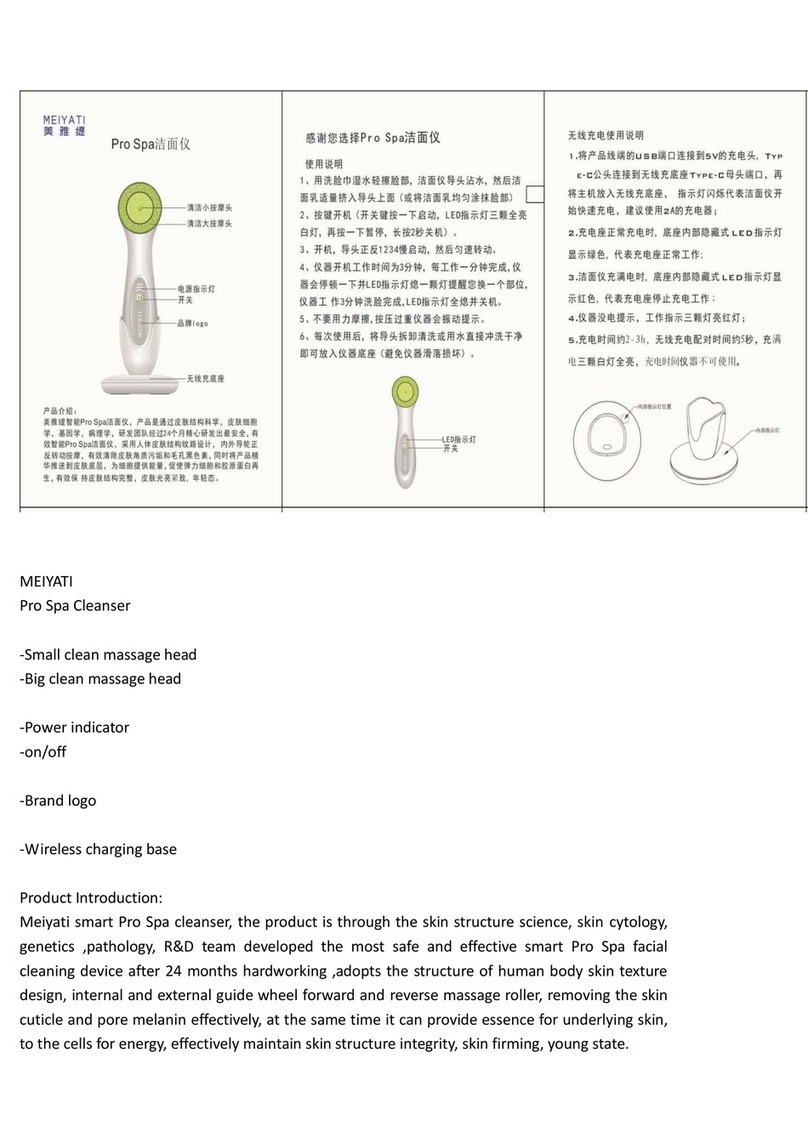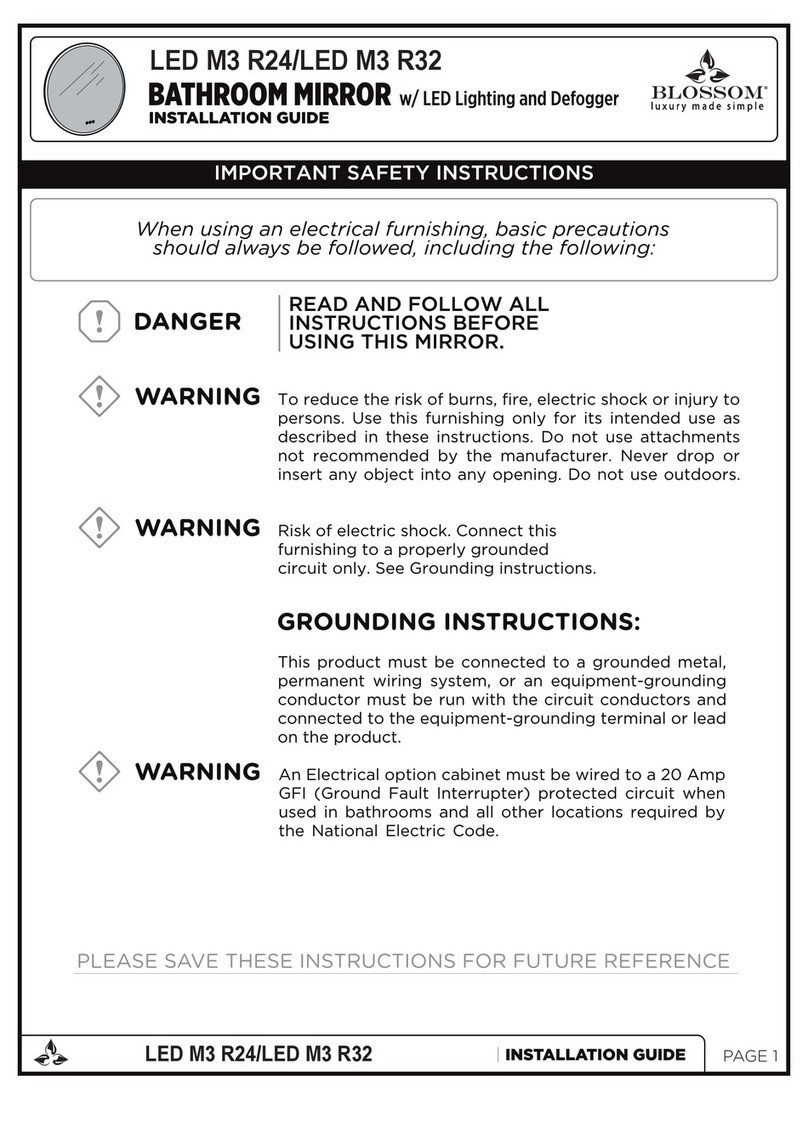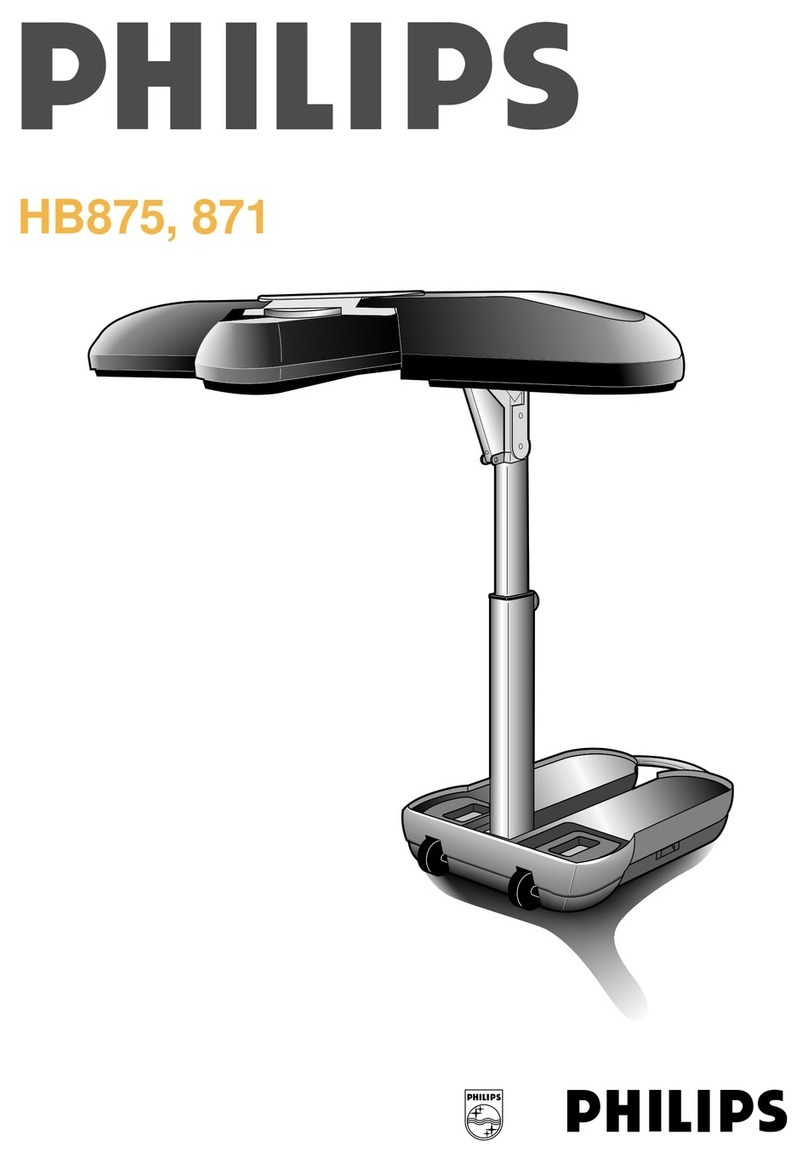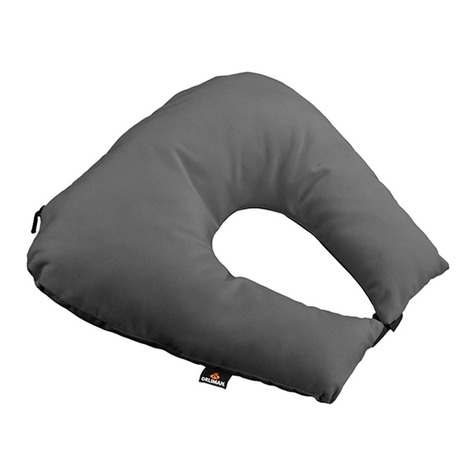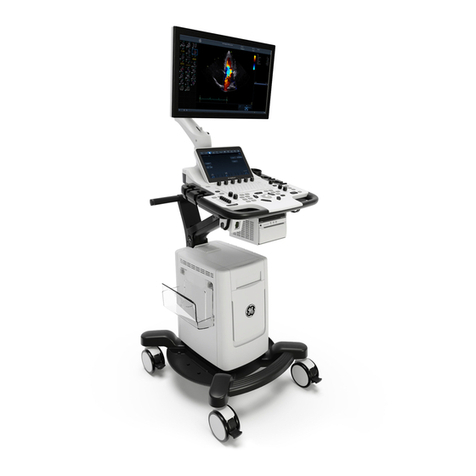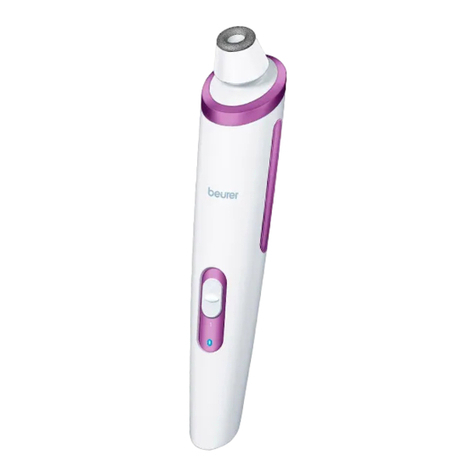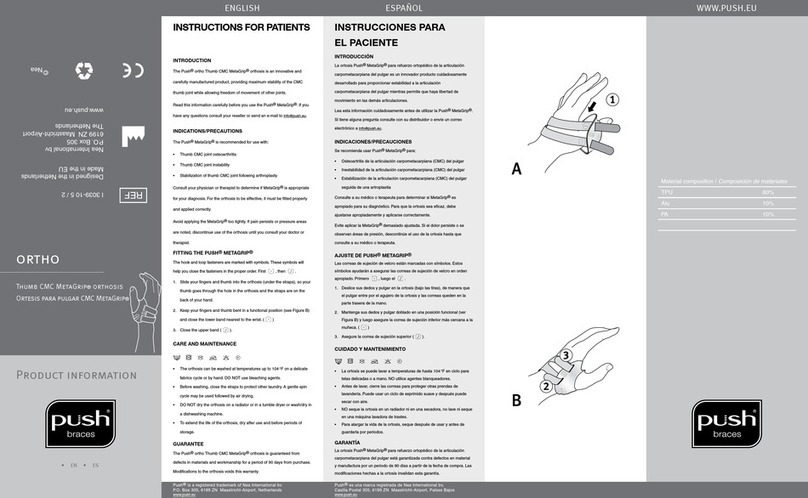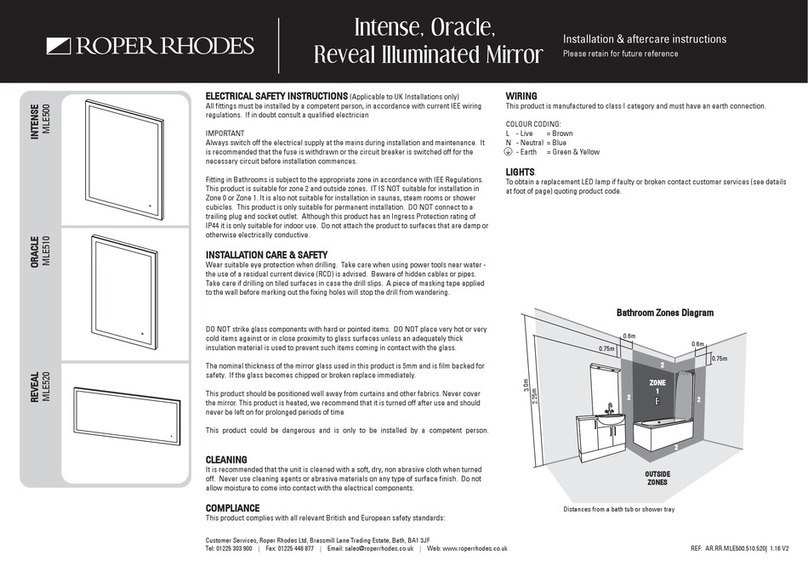
1 Foreword
INFORMATION
Date of last update: 2021-04-29
►Please read this document carefully before using the product and observe the safety
notices.
►Obtain instruction from the qualified personnel in the safe use of the product.
►Please contact the qualified personnel if you have questions about the product or in case of
problems.
►Report each serious incident related to the product to the manufacturer and to the relevant
authority in your country. This is particularly important when there is a decline in the health
state.
►Please keep this document for your records.
2 Description of the Design and Individual Components
Your prosthesis mainly consists of a custom pelvic socket to embed your residual limb, the hip
joint, the knee joint, connection adapters and the prosthetic foot. The exterior appearance may be
formed by a cosmetic foam cover. The static alignment has been adapted to your individual needs
and takes the heel height of your shoe into account.
A consistently good fit of the pelvic socket of your prosthesis can only be maintained if your pelvic
circumference and volume remain constant. The adjustment range offered by adjusting the clos
ure straps is limited. Further information is found under volume fluctuations in Section 4 "Medical
and Therapeutic Aspects".
In accordance with your indications and personal requirements, you have received a prosthesis of
the following design:
Pelvic socket: In your case, the connection between the body and the prosthesis is provided by
a plastic pelvic socket that opens in the front. The Ottobock team has selected the socket design
and material combination best suited to you and your specific needs. The seat of your pelvic sock
et was designed to accommodate your individual physical characteristics. The seat padding
materials also facilitate weight distribution. The socket firmly encloses the pelvis and encom
passes the iliac crests in order to attach the prosthesis to the body. This tight fit is required to
enable the transmission of movements from the pelvis to the pelvic socket and thus to the pros
thesis.
Prosthesis components: Different hip joints, knee joints and prosthetic feet are available for a
hip disarticulation prosthesis. The Ottobock team has selected the prosthetic components best
suited for you, adapted them to your mobility grade and adjusted them to comply with your indi
vidual requirements.
3 Areas of Application and Usage Restrictions
Your prosthesis serves as a functional and cosmetic replacement for the amputated limb and
enables you to sit, stand, and walk.
The use of your prosthesis and the performance you will be able to achieve depends on your indi
vidual diagnosis, the residual limb conditions and your mobility grade. Please consult your doctor
regarding the daily duration of use and potential therapeutic measures (e.g. occupational therapy
or physical therapy) to improve your performance.
In general, you should not experience too much discomfort when wearing your prosthesis.
Excessive pressure can lead to complications.
4 Medical and Therapeutic Aspects
As a general rule, targeted physiotherapy is recommended in order to maintain and improve the
functionality of the disarticulation region.
4
